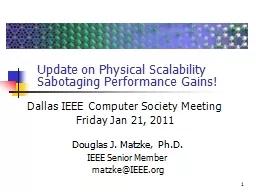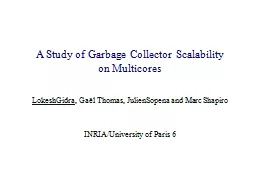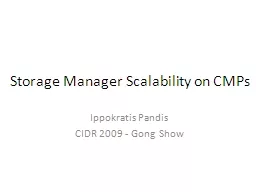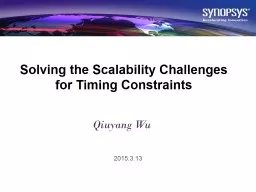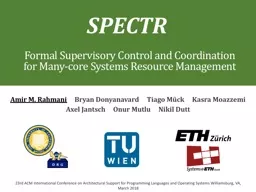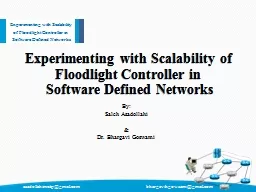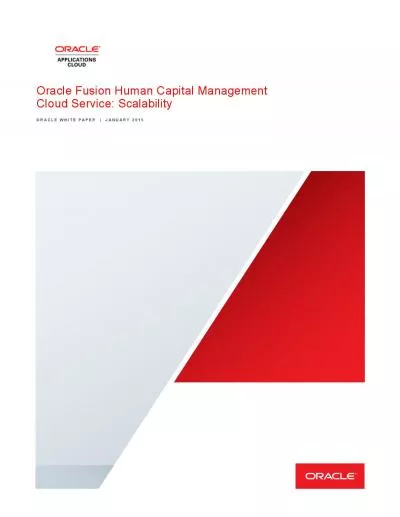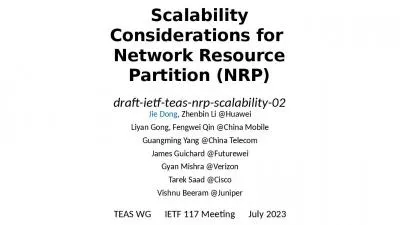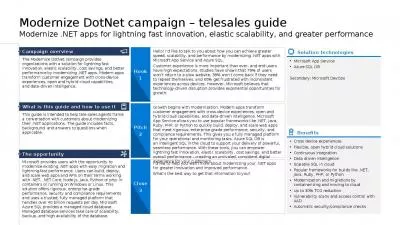PPT-1 Update on Physical Scalability Sabotaging Performance Gai
Author : alexa-scheidler | Published Date : 2017-07-10
Douglas J Matzke PhD IEEE Senior Member matzkeIEEEorg Dallas IEEE Computer Society Meeting Friday Jan 21 2011 Abstract Jan 21 2011 DJM 2 In September 1997 Dr Matzke
Presentation Embed Code
Download Presentation
Download Presentation The PPT/PDF document "1 Update on Physical Scalability Sabotag..." is the property of its rightful owner. Permission is granted to download and print the materials on this website for personal, non-commercial use only, and to display it on your personal computer provided you do not modify the materials and that you retain all copyright notices contained in the materials. By downloading content from our website, you accept the terms of this agreement.
1 Update on Physical Scalability Sabotaging Performance Gai: Transcript
Download Rules Of Document
"1 Update on Physical Scalability Sabotaging Performance Gai"The content belongs to its owner. You may download and print it for personal use, without modification, and keep all copyright notices. By downloading, you agree to these terms.
Related Documents

